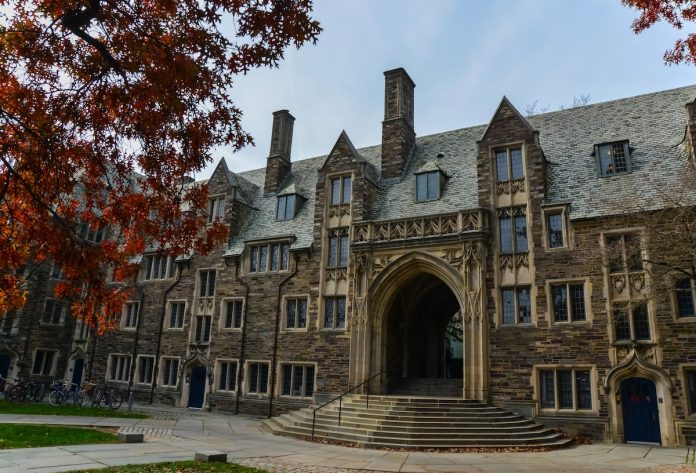- Ivy League and top-tier schools reported some of the lowest acceptance rates on record, many below 5%.
- Application numbers surged again, reflecting how the Class of 2025 was one of the largest graduating high school years on record.
- The steep competition is fueling new debates about the value of prestige and the fairness of current admissions practices.
The incoming college Class of 2029 entered one of the most competitive college admissions cycles in recent history. Acceptance rates at Ivy League and other elite universities dropped into the low single digits, continuing a trend that has intensified over the last decade. Schools like Harvard, Yale, and Columbia admitted fewer than 5% of applicants. At MIT, the acceptance rate was just 4.52%. Vanderbilt, Duke, and Rice also reported new lows.
These numbers reflect another year of record-setting applicant pools. Some schools received tens of thousands more applications than just a few years ago. As early decision programs grow in popularity and test-optional policies remain in place at many institutions, the volume of applicants continues to climb.
While Princeton and Stanford chose not to release admissions rates again this year, their silence has become part of a broader attempt to ease public pressure around rankings and selectivity.
Still, the shrinking odds have only heightened anxiety for families and applicants who feel pushed to apply to more colleges, often with little clarity on what truly improves their chances.
Testing Policies And Shifting Priorities
The Class of 2029 applied under an evolving set of institutional priorities.
While most elite schools kept test-optional policies in place, many applicants opted to submit scores. At Tufts, 65% submitted SAT or ACT scores. At Boston College, that figure was 74%. Some institutions, like MIT and Georgetown, still require scores—and they saw no drop in applicant quality.
More colleges are also focusing on first-generation students, rural applicants, and other forms of socioeconomic diversity. Amherst reported that 25% of admitted students will be the first in their family to attend college. Georgia Tech said 17% of admits are first generation students, and Brown announced that 19% of its incoming class shares this background.
The effect of the Supreme Court’s ruling against race-conscious admissions is still being assessed, but many colleges have added optional essays where students can reflect on how their identity has shaped their lives.
Early Admissions May Give A Strategic Edge
One factor helping some students gain a foothold is applying early. Early Decision and Early Action programs are not only growing in size but are also responsible for a larger share of incoming classes at top schools.
At Dartmouth, the early admit rate was 19.85%, while its overall rate landed at just over 6%. Emory’s early decision rounds accounted for more than half of its incoming class. Brown accepted 17.95% of early applicants, more than triple the rate of those admitted during the regular round.
But this strategy comes with trade-offs. Early Decision is binding, meaning students commit before seeing financial aid offers from other schools. This can disadvantage lower-income families who need to compare costs. Still, for those who can commit, applying early increasingly looks like a necessary move.
Is Prestige Still Worth It?
Behind the numbers, families are grappling with a larger question: Is the stress, cost, and uncertainty of applying to elite schools still worth it?
Many once-safety schools are now just as competitive as traditional elites. NYU received more than 120,000 applications. Notre Dame’s admit rate dropped to 9%, while Rice saw a 13% increase in applicants. At USC, the acceptance rate fell to 10.4%.
As competition rises, so does the importance of school strategy and applicant storytelling. Students are expected to show not just strong academics, but also purpose and personality. Many schools now seek applicants with distinctive interests that cross traditional boundaries, whether combining robotics and ethics, or climate science and community organizing.
Still, some families are questioning whether the college return on investment justifies the race for top-tier names. With tuition alone exceeding $70,000 per year at many elite schools, some wondering if it’s worthwhile if they cannot get financial aid.
For now, the numbers suggest no slowdown. As long as elite college names carry weight in hiring and graduate school admissions, students will continue to apply in record numbers, regardless of how narrow the path becomes.
Don’t Miss These Other Stories:
30 Most Expensive Colleges In 2025
The Outsized Impact Of Ivy Plus Colleges
The Odds Of Winning A Scholarship Are Increasing
Create your very own Auto Publish News/Blog Site and Earn Passive Income in Just 4 Easy Steps







